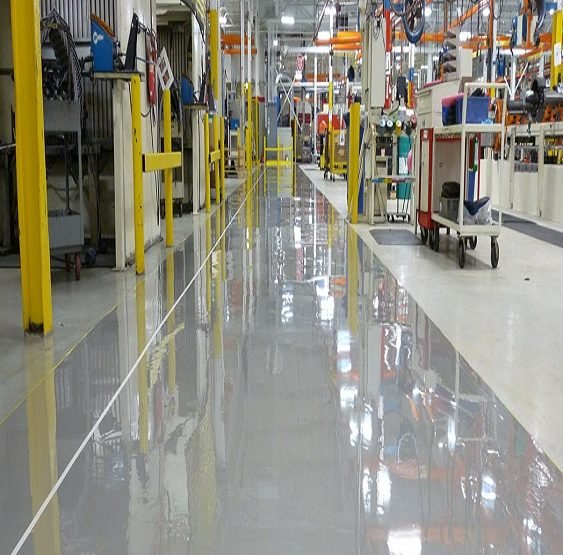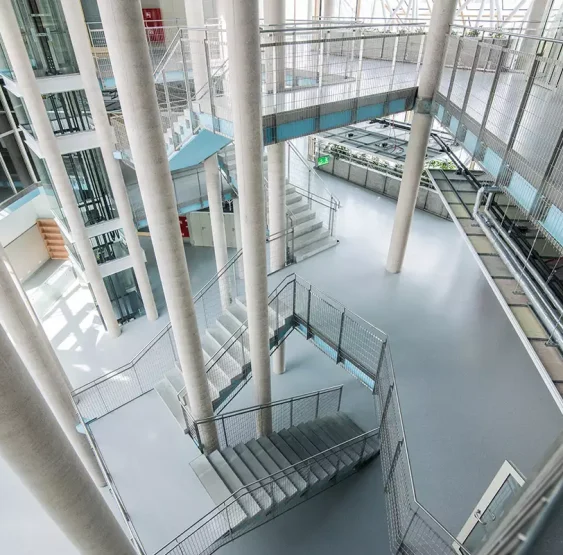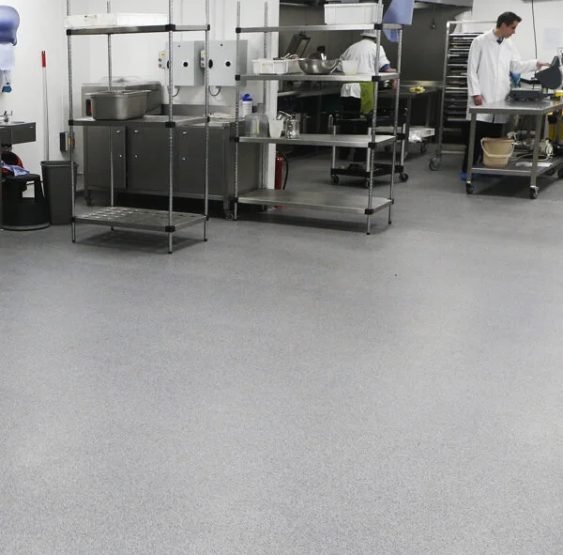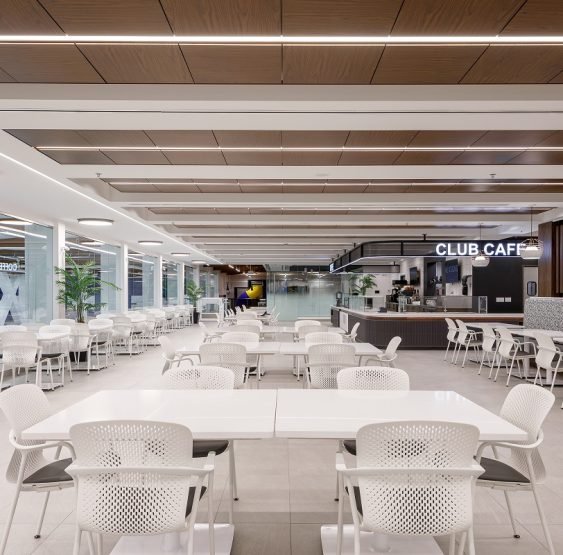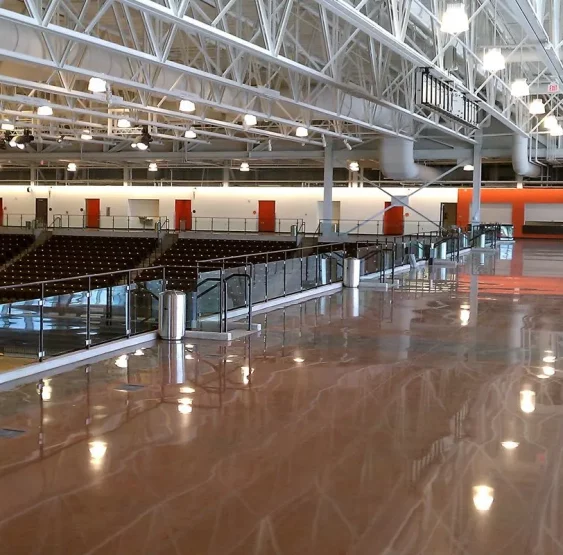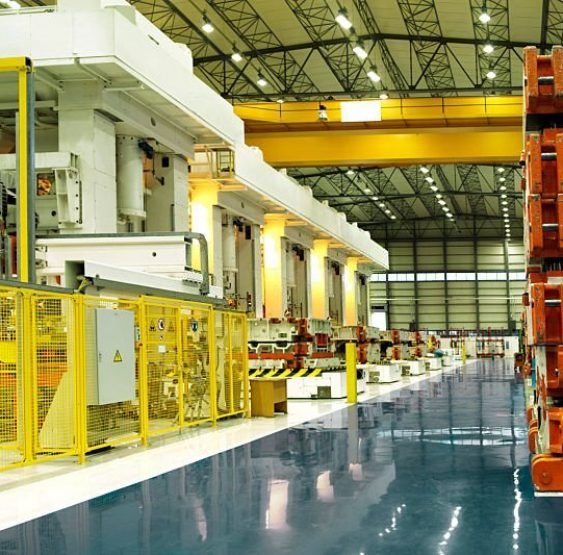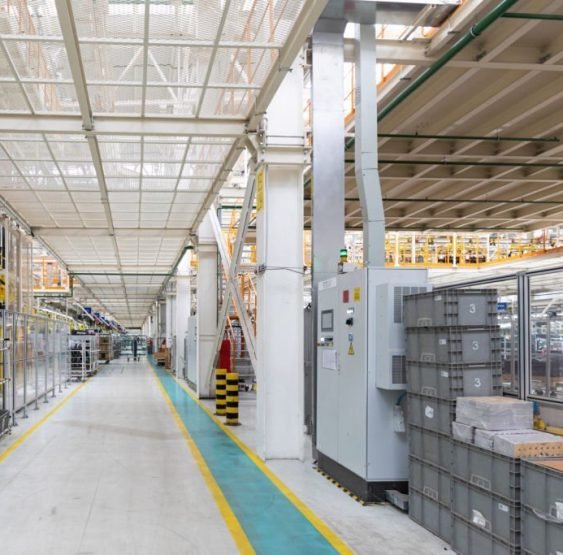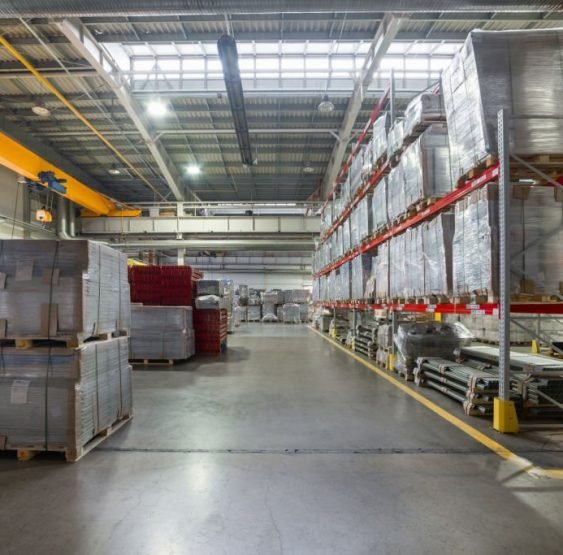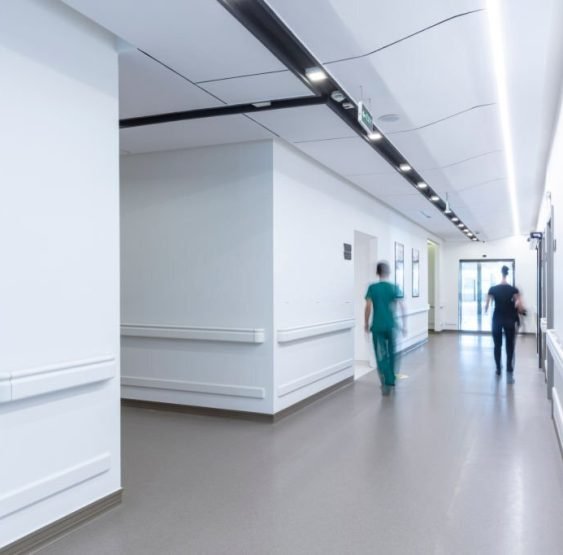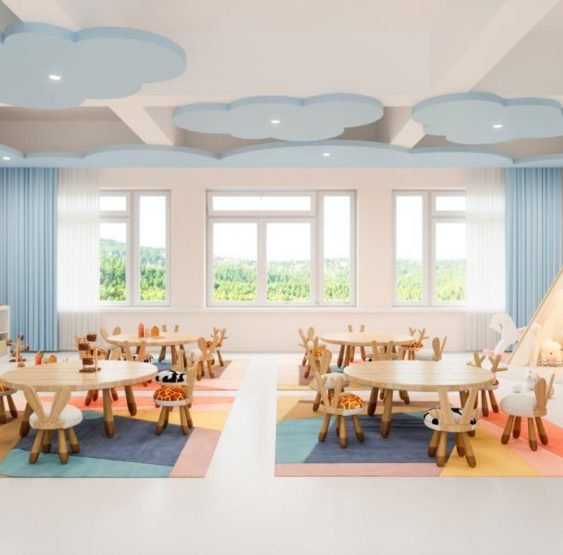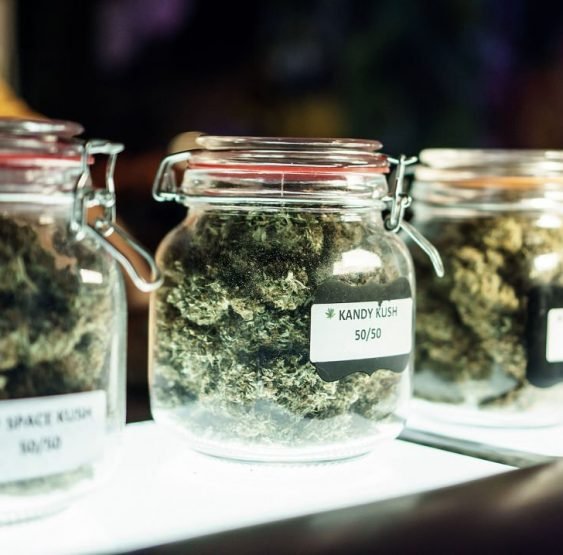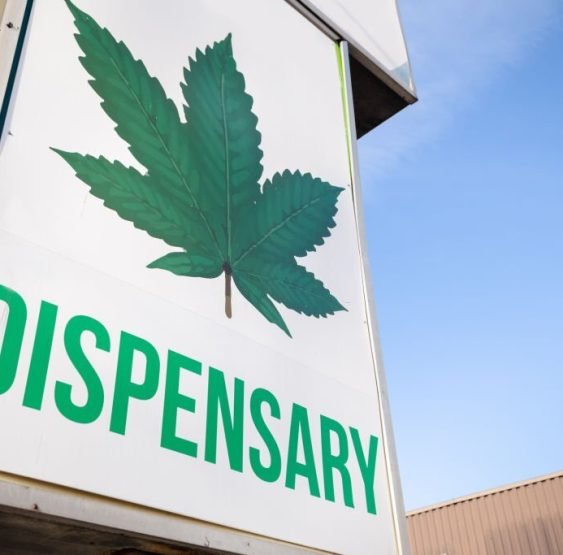Maintenance Area Epoxy Flooring
Heavy-Duty • Chemical-Resistant • Low-Maintenance Protection
Priority One Epoxy Flooring installs durable, seamless, and slip-resistant epoxy and urethane cement flooring systems for maintenance shops, service bays, mechanical rooms, and MRO facilities across Vancouver & British Columbia. Our coatings are engineered to resist chemicals, abrasion, and heavy traffic — providing long-term protection with minimal maintenance.
Maintenance Area Epoxy Flooring Solutions — Vancouver & British Columbia
Heavy-Duty • Chemical-Resistant • Low-Maintenance Floors by Priority One Epoxy Flooring
Maintenance shops, service bays, plant MRO rooms, mechanical spaces, and utility corridors demand flooring that stands up to chemicals, oils, abrasion, impact, and constant traffic. Priority One Epoxy Flooring designs and installs high-performance epoxy, urethane cement, and polyaspartic systems tailored for demanding maintenance environments across Metro Vancouver, the Fraser Valley, Vancouver Island, and BC’s Interior. Our seamless floors are chemical-resistant, slip-tuned, and easy to clean, minimizing downtime and lifecycle costs while supporting safety and audit readiness. For sterile or controlled environments, see our Pharmaceutical & Cleanroom Flooring; for food & beverage production areas, see our Food & Beverage Flooring.
Why Maintenance Areas Need Purpose-Built Flooring
Maintenance and repair zones experience some of the harshest conditions in light industrial facilities and commercial buildings. Daily exposure to hydrocarbons, solvents, cutting fluids, detergents, degreasers, and battery acids degrades conventional concrete and tile. Point loads and impact from jacks, stands, carts, and pallet trucks cause spalling and premature wear. Water intrusion, freeze-thaw, and hot-cold cycles strain the substrate, while porous surfaces trap grime and oils—lengthening cleaning time and increasing slip hazards. Add OSHA/WorkSafeBC safety expectations, and you need a floor engineered for this environment.
Our systems solve these problems with dense, seamless, non-porous surfaces that resist chemical attack and abrasion; slip-resistant textures tuned to wet vs. dry zones; integral cove bases that eliminate bacteria traps; and optional Moisture Vapour Barrier (MVB) primers to control blistering. Learn how we prepare slabs for lifetime adhesion in our Concrete Preparation & Repair workflow. The result is a safer, cleaner, more durable floor that supports fast spill response and efficient housekeeping.
Application Areas — Where These Floors Perform
Vehicle & Equipment Service Bays
Automotive, fleet, and facility service bays see oils, fuels, coolants, and heavy rolling loads. We specify high-build epoxy or urethane cement with medium texture for traction, chemical-resistant topcoats, and impact-tolerant builds to handle stands and jacks. Where UV exposure exists, we finish with UV-stable polyaspartic to preserve colour and gloss. If you’re upgrading adjacent parking structures, explore our Parking Garage Coatings.
Plant Maintenance & MRO Shops
Fabrication benches, parts wash stations, and welding areas benefit from abrasion-resistant epoxy with quartz broadcast and anti-slip profiles. In zones with thermal swings or frequent washdowns, urethane cement provides unmatched dimensional stability and durability. For sterile adjacent suites, consider our Cleanroom Flooring options.
Mechanical Rooms & Utility Corridors
Boiler rooms, pump rooms, and electrical spaces require cleanable, non-conductive, chemical-resistant floors that stand up to occasional leaks and maintenance fluids. We add integral coves and specify secondary containment details where appropriate for added protection. Need chemical-specific resistance? Review our Chemical-Resistant Flooring guidance.
Warehouse Maintenance Stations & Parts Storage
High-build epoxy or broadcast systems resist scuffing and forklift traffic, reducing dusting and keeping parts cleaner. Clear line markings and colour-coding improve safety and SOP compliance. For broader warehouse surfaces, see Industrial Epoxy Flooring.
Loading Docks, Wash Bays & Exterior Thresholds
These zones demand slip-resistant, fast-draining surfaces and robust chemistry. We combine urethane cement with abrasion-resistant topcoats and tuned textures to maintain grip without making cleaning difficult. If downtime is critical, explore our Fast-Cure Polyaspartic systems.
Flooring Systems We Install — Built for Maintenance Environments
Urethane Cement (Polyurethane Concrete)
The gold standard for thermal cycling, heavy impact, and chemical exposure. Urethane cement bonds tenaciously to prepared concrete, tolerates hot water/steam cleaning, and resists acids, alkalis, and solvents common in MRO areas. It’s ideal for wash bays, plant rooms, and tough maintenance shops where longevity matters most. For food-adjacent operations, compare with our Food & Beverage floors.
High-Build Epoxy & Quartz Broadcast Systems
100% solids epoxies deliver a dense, non-porous, abrasion-resistant surface with excellent chemical resistance. Add a quartz broadcast for texture and durability and finish with a polyurethane or polyaspartic topcoat for UV stability and stain resistance. Great for bays, corridors, and storage where looks and performance both count. See also Showroom Epoxy for public-facing spaces.
Polyaspartic & Fast-Cure Coatings
When downtime hurts, polyaspartic topcoats can return spaces to service quickly—often within 24 hours. They’re highly abrasion-resistant and UV stable, making them a smart finish for high-visibility or time-sensitive areas. Learn more in our Fast-Cure Systems explainer.
Chemical-Resistant Membranes & Secondary Containment
Where fluids and corrosives are handled or stored, we incorporate chem-resistant membranes and detail curbs, penetrations, and thresholds to reduce risk to adjacent spaces. This protection is especially valuable in multi-tenant or multi-storey facilities. For lab-grade containment, see Pharma/Lab Flooring.
ESD-Safe Options (On Request)
In electrical work areas or sensitive equipment zones, we can integrate ESD-dissipative layers and grounding to control static and protect components—without sacrificing cleanability. Related: Cleanroom Flooring.
Integral Cove Bases & Hygienic Detailing
Seamless 4–6" coves transition floors up the wall, eliminating 90° corners where grime accumulates. We seal terminations to kick plates, equipment pads, and trench drains to prevent water ingress and chipping. Compare hygienic detailing with our Food & Beverage specs.
Our Installation Process — Detailed & Documented
Every project begins with a site assessment that looks beyond surface symptoms to the root causes of failure. We test moisture (RH/CM), check pH and strength, inspect joints and cracks, and map contamination. The result is a specification that fits your real conditions and schedule—not a generic coating. Learn how we handle substrate issues in Concrete Surface Preparation.
- Diagnosis & testing: Moisture tests, pH, adhesion pull tests, hardness and visual mapping.
- Substrate remediation: Repair spalls, chase/fill cracks, treat moving joints with elastomerics.
- Surface preparation: Diamond grinding or shot blasting to required profile (CSP 2–4) and decontamination.
- Primers & MVB: Stabilize and moisture-mitigate as needed to protect the bond line.
- System build-up: High-build epoxy, urethane cement, or hybrid with tuned texture and coves.
- Topcoats: Polyurethane or polyaspartic for abrasion, UV stability, and stain/chemical resistance.
- QA & handover: Adhesion checks, coverage, gloss/texture verification, documentation, and warranty.
We coordinate phasing and traffic control so operations can continue. Many projects are executed off-hours or in staged zones, using fast-cure components to minimize downtime. For projects in regulated environments, see Pharmaceutical & Cleanroom execution.
Why Choose Priority One Epoxy Flooring
- Proven experience in maintenance/MRO, automotive, and industrial facilities across BC
- Material-agnostic specifications based on site conditions (epoxy, urethane cement, polyaspartic)
- Seamless coves, tuned slip resistance, and chem-resistant membranes where needed
- Phased and fast-cure options to reduce downtime and protect revenue
- Written warranties and documented QA testing on completion
Business Benefits — Long-Term Value
- Cut cleaning time with seamless, non-porous surfaces
- Lower lifecycle costs vs. bare concrete or failing tile
- Improved safety (slip-tuned textures and clear markings)
- Higher uptime with rapid return-to-service systems
- Cleaner look in public-facing service areas
Care & Maintenance — Keeping Your Floor Performing
A well-specified floor needs straightforward care. For maintenance areas, we recommend daily dry sweep of grit, regular auto-scrub with neutral or mildly alkaline detergents compatible with your topcoat, and prompt spill cleanup to limit slip risk and staining. Avoid harsh unapproved solvents, and use soft pad systems on autoscrubbers to preserve finish. Where texture is medium, a two-step detergent and rinse cycle keeps traction without residue. For specific cleaners, see our Care & Maintenance guide.
We provide a care & maintenance sheet with each project, including compatible cleaners and refresh intervals. Many clients schedule topcoat renewals every few years in high-traffic lanes to extend service life to the 15–20 year range—often beyond—at a lower total cost than replacement.
Case Study — Transit Fleet Service Bay, Metro Vancouver
A fleet operator struggled with oil-stained concrete, dusting, and slippery washdown zones. We repaired joints and spalls, ground the slab to CSP 3, and applied an MVB primer after elevated RH testing. The new system combined a self-levelling high-build epoxy with quartz broadcast in lanes, integral 6" coves, and a polyaspartic topcoat for fast return-to-service. After project close, the client reported faster cleaning, safer footing, and fewer tire-mark complaints—plus zero blistering during seasonal humidity swings. See related upgrades in Parkade Coatings projects.
Service Areas — Where We Work
We service maintenance and industrial clients across British Columbia: Vancouver, Richmond, Burnaby, Surrey, Coquitlam, New Westminster, North Vancouver, West Vancouver, Victoria, Nanaimo, Kelowna, and Kamloops. For sites elsewhere in BC, we mobilize crews and plan phased work to minimize downtime. Explore more sectors on our Home page and Projects.
Frequently Asked Questions
What’s the best flooring for maintenance shops?
It depends on chemistry, temperature, and traffic. Urethane cement is ideal for thermal shock and harsh chemicals; high-build epoxy with polyaspartic topcoat suits most bays and corridors. We’ll specify based on testing. Compare with Industrial Epoxy Flooring for plant-wide consistency.
How long does installation take?
Small zones with fast-cure components can reopen within 24–48 hours. Larger urethane cement projects typically require several days. We often phase work so operations continue. If speed is critical, see our Fast-Cure Coatings.
Can you install over existing coatings or tile?
Yes—after assessment and proper prep. We remove failing layers, shot blast or grind to profile, repair cracks and joints, and then install the new system for reliable adhesion. Read about our Concrete Repair & Surface Preparation.
Are resinous floors slippery?
We tune the texture to your cleaning method and spill profile. Medium textures increase traction in wet zones while remaining easy to scrub and rinse. For wet-process rooms, review Hygienic Floors.
Do you provide warranties?
Yes. We include written warranties for materials and workmanship and provide QA documentation on completion. Have a regulated space? See Pharma/Cleanroom deliverables.
Upgrade Your Maintenance Area Flooring
Protect your staff, shorten cleaning, and reduce lifecycle costs with a floor built for maintenance environments. Book a free site assessment—Priority One Epoxy Flooring will specify the right system and deliver a seamless, long-lasting result. If you’re coordinating multi-area upgrades, explore our Industrial Epoxy and Parkade Coatings pages.

